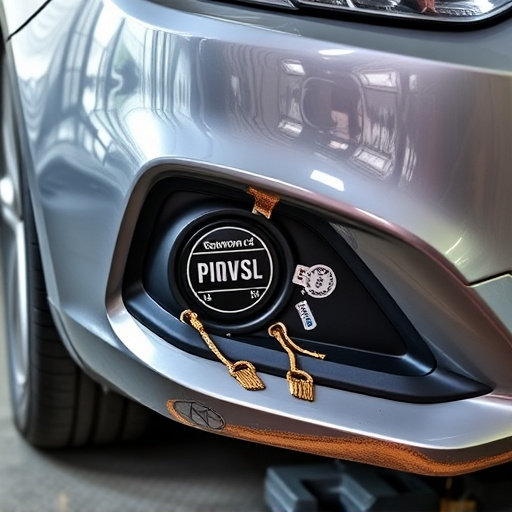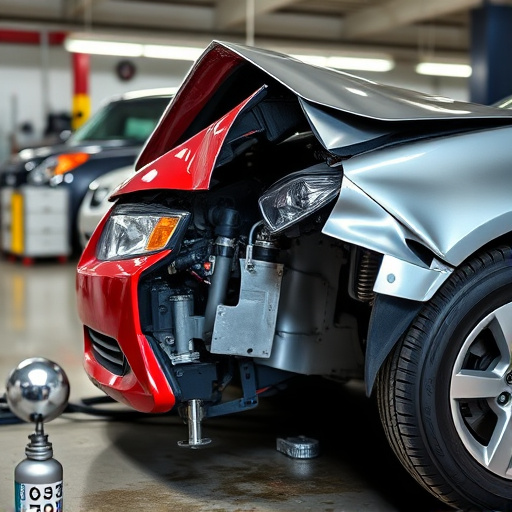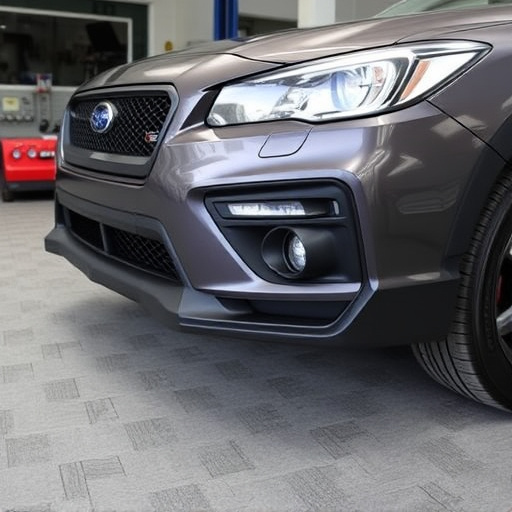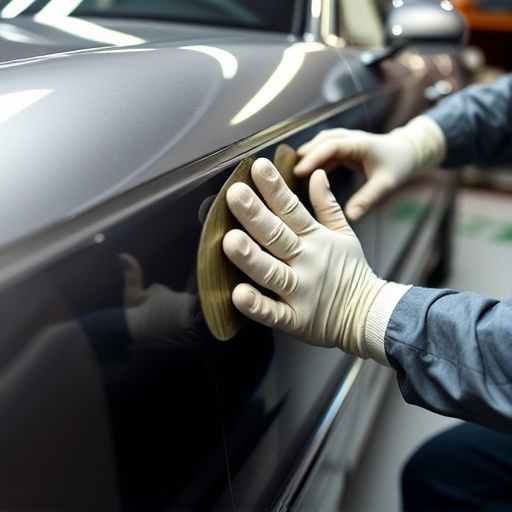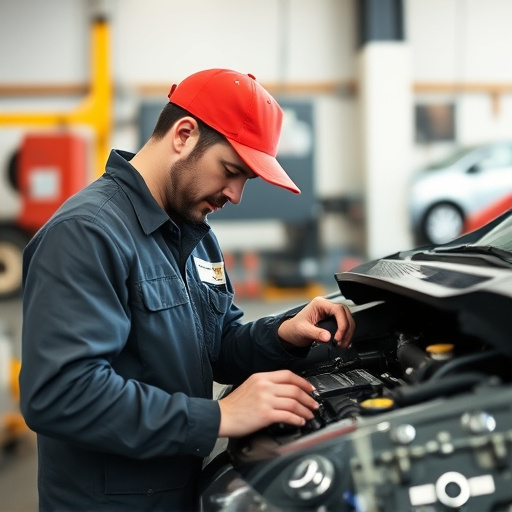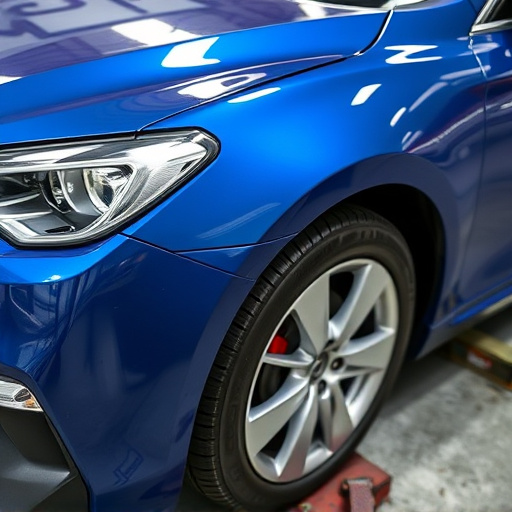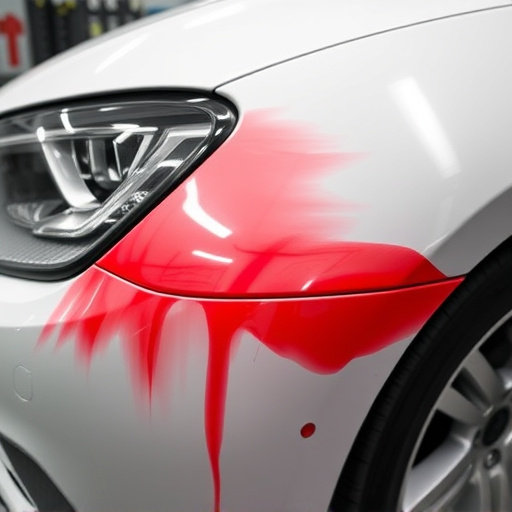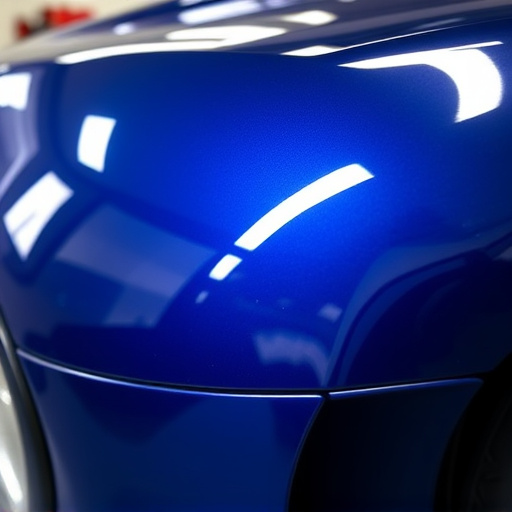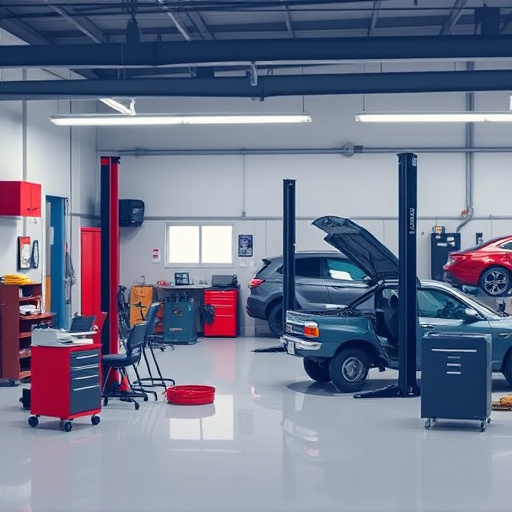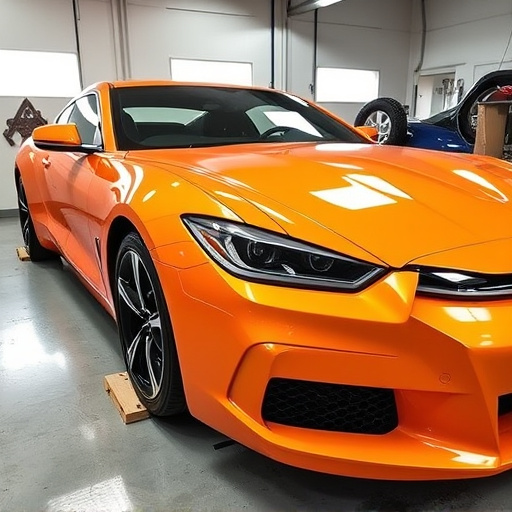Modern car body shops face challenges repairing complex vehicle structures made with advanced materials like high-strength steels and composites. They require specialized equipment, trained technicians, and advanced technologies to ensure precise, safe, and factory-spec repairs, aligning with today's automotive industry standards.
In today’s automotive landscape, modern vehicles are crafted with a complex blend of materials, from lightweight alloys to advanced composites. This poses unique challenges for car body shops tasked with effective repairs. This article explores how these contemporary materials impact collision repair processes, delving into the specific considerations and advanced techniques employed by leading car body shops to ensure precision and efficiency in restoration.
- Understanding Modern Vehicle Materials
- Challenges and Considerations in Repair
- Advanced Techniques for Efficient Repairs
Understanding Modern Vehicle Materials
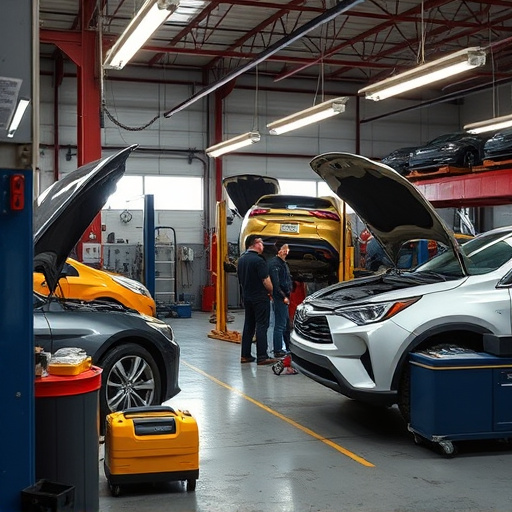
Modern vehicles are a far cry from their older counterparts, both in terms of design and materials used. A car body shop that wants to stay relevant must therefore be equipped to handle the diverse and often complex materials found in contemporary cars. From lightweight alloys and high-strength steels to advanced composite materials, understanding these modern vehicle materials is crucial for effective collision damage repair and vehicle dent repair.
Each material has its unique properties, requiring specific techniques and tools for efficient restoration. For instance, while traditional metal bodywork involved primarily steel, today’s cars often feature intricate panel designs made from advanced alloys that can withstand severe impacts without compromising structural integrity. This calls for specialized knowledge and equipment in the car body shop to accurately match original factory finishes and ensure safety standards are met during collision damage repair processes.
Challenges and Considerations in Repair
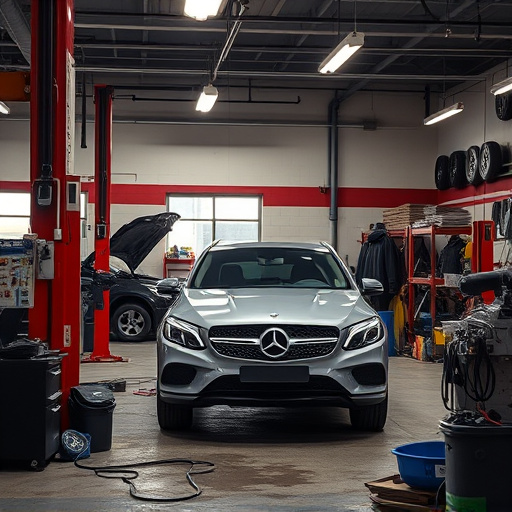
In today’s automotive landscape, car body shops face unique challenges when it comes to repairing modern vehicles. With advancements in material science, cars now incorporate a diverse range of materials such as high-strength steel, aluminium, and composite fibres. While these materials offer enhanced structural integrity and fuel efficiency, they also present complex repair requirements for auto body shops. For instance, repairing or replacing panels made from high-strength steel often involves specialized equipment and trained technicians to ensure structural accuracy and safety.
Additionally, the intricate nature of modern vehicle designs means that minor repairs can become major tasks. Automotive body shops must consider the overall vehicle design and engineering when conducting repairs, as even seemingly simple fixes can have knock-on effects on other components. This demands a high level of skill, precision, and knowledge from the shop’s staff, as well as an investment in advanced tools and techniques to handle auto maintenance and vehicle repair effectively.
Advanced Techniques for Efficient Repairs
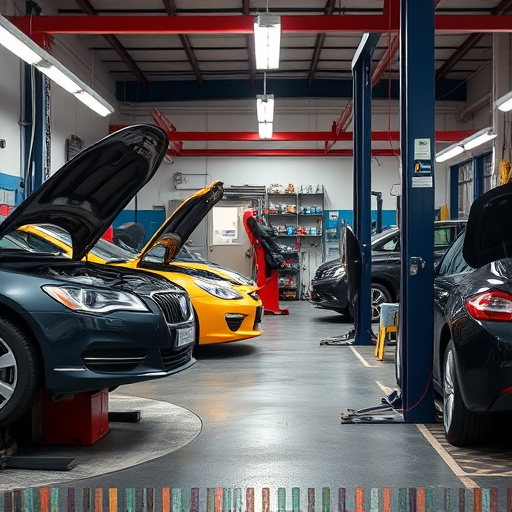
In modern automotive repair, advanced techniques have transformed how a car body shop addresses complex repairs. Gone are the days when simple dent removal or fender bending required laborious manual labor. Today, car body shops utilize sophisticated equipment like robotic welding machines and computer-aided design (CAD) software to ensure precise, efficient repairs. These technologies enable technicians to handle intricate vehicle structures with ease, aligning perfectly with modern vehicle materials’ enhanced strength and precision.
For instance, in the case of car dent repair, advanced tools can quickly restore a car’s exterior to its original condition without leaving unsightly marks or compromising structural integrity. Similarly, automotive collision repair benefits from 3D mapping technology that accurately assesses damage, facilitating faster and more effective repairs. Vehicle paint repair, too, has seen significant advancements with the use of specialized paints and techniques that match factory finishes perfectly, ensuring not just aesthetic restoration but also long-lasting protection for the vehicle’s new or repaired surface.
Modern vehicle materials present unique challenges for car body shops, but advancements in repair techniques have kept pace. By understanding these materials and employing efficient strategies, body shops can ensure high-quality repairs that match the strength and durability of original equipment. This not only satisfies customers seeking top-tier service but also contributes to the overall sustainability of the automotive industry.

